|
|
|
Книги издательства «Walther Konig»
|
For the acclaimed photographer Boris Mikhailov (born 1938), a society's most significant paradigm shifts are often most clearly perceived in the smallest of everyday transactions. For example, in a caf xE9; or restaurant in the Soviet-era Ukraine, a waiter would have offered you tea or coffee? Today, two decades after the fall of the Soviet bloc and the ascent of western capitalism, it's tea, coffee, cappuccino? In his latest body of work, Mikhailov addresses this shift by focusing on his hometown of Charkow, in the north east of the Ukraine. Here, the consumerist invasion of western capitalism is everywhere apparent in huge, colorful advertising banners and billboards, but the promises of the so-called Orange Revolution seem to have been fulfilled for only a few. Mikhailov writes that only when one sees misery in a picture, does one begin to notice it in the street, and throughout the 200-plus photographs in this volume, he takes pains to neither dramatize nor ameliorate the conditions of life in Charkow; and so his tough-minded pictures present a bleak but rigorously honest portrait of the Ukraine and its inhabitants. |
|
The special thing about Boris Mikhailov as a book maker is that he thinks of and develops photography in sequences, in spaces and cuts, in the forms of its montage. Viewed as a whole, his books and book drafts which often only exist as one original copy create a retrospective of a very unique and intimate kind. The artists books Krymskaja Fotomanija (Crimean Photomania) and Mountains, each with 128 pages, are shown here in facsimile, accompanied by 80 pages of illustrated text. Boris Mikhailov is seen as a chronicler of his Ukrainian homeland: the everyday life of the so-called little people on the street, on the beach, at dances anywhere that the politic becomes visible in the private. Drawing on this material, Mikhailov explores both the human condition and the history and decline of the Soviet Union and the consequences of its fall. |
|
The French filmmaker and artist Philippe Parreno born in Algeria, has been working and collaborating with curator/thinker/editor Hans Ulrich Obrist for many years; over many projects they have taken huge risks and broken countless conventions together. The conversations gathered here give us a window into a dynamic and forward thinking aesthetic relationship. |
|
John Chamberlain is famous for his sculptures of crushed cars, which made him a pioneer of Pop Art in the 1960s. Casually, this conversation with Hans Ulrich Obrist traces the life and art of a charismatic loner, leading him from Abstract Expressionism to Nouveau Realism and on to Pop Art. Chamberlain explains his ways of dealing with the material, chats about child education, defines his view on the artist as a gardener, and emphatically describes the sensuality of car scrap. This work is number 2 in the Hans-Ulrich Obrist Conversation series. Others in the series include Obrist in conversation with Robert Crumb, Rem Koolhaas, Rosemarie Trockel, Wolfgang Tillmans, Yona Friedman, Zaha Hadid and Gilbert and George. |
|
In 1915, Kazimir Malevich (1878-1935) radically transformed the course of twentieth-century art with his Black Square painting and his manifesto From Cubism to Suprematism. These works espoused a new art of pure geometricism, intended to be universally comprehensible regardless of cultural origin. Although he is famed for his rigorous pursuit of the non-objective, Malevich in fact explored many strands of painting, embracing at various stages Impressionism, Symbolism, Fauvism and Cubism, as well as traditional Russian folk art. Drawing on the collections of Nikolai Khardzhiev and Georges Costakis — the two leading collectors of Russian avant-garde art, whose collections were largely assembled at a time when abstract art was banned in the Soviet Union — this catalogue traces the breadth of Malevich's career through his oil paintings, gouaches, drawings, sculptures and designs for opera and film. All phases of his development are represented here, from his early Impressionist-style work to his iconic Suprematist pieces, as well as his lesser-known figurative paintings and works on paper. These are contextualized alongside work by Malevich's contemporaries, such as Marc Chagall, Wassily Kandinsky, Natalia Goncharova, Vera Pester, Ivan Puni and Mikhail Meno. |
|